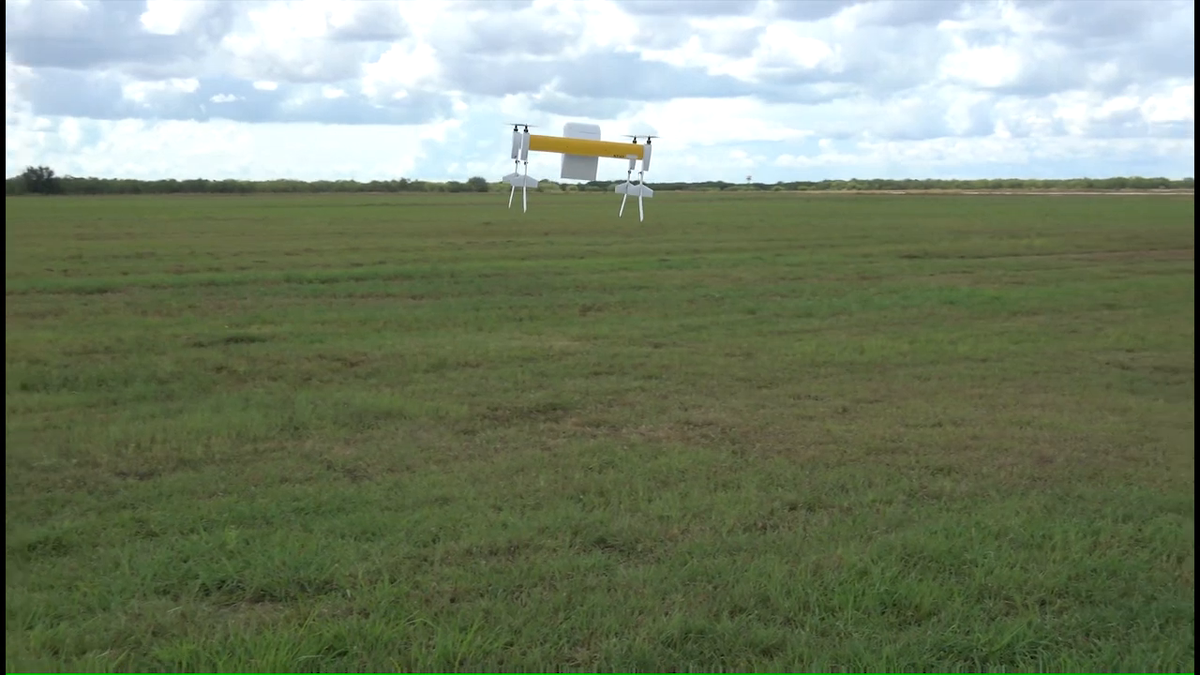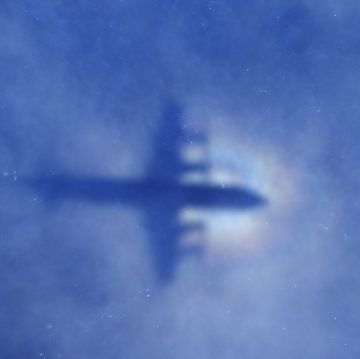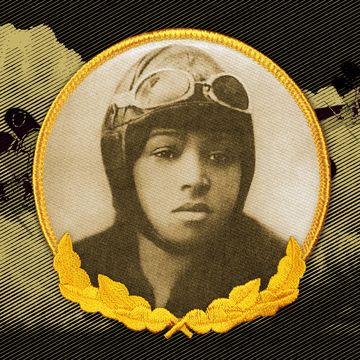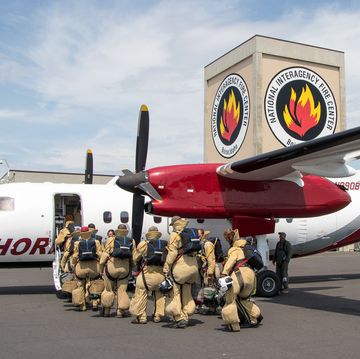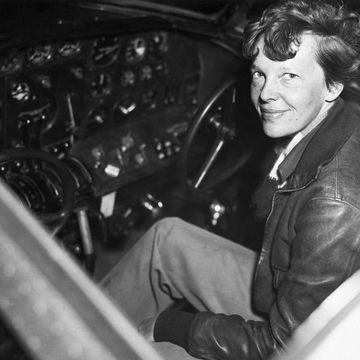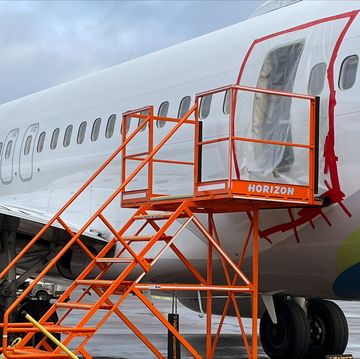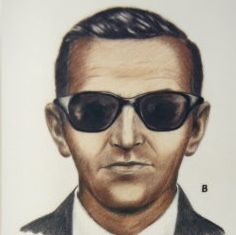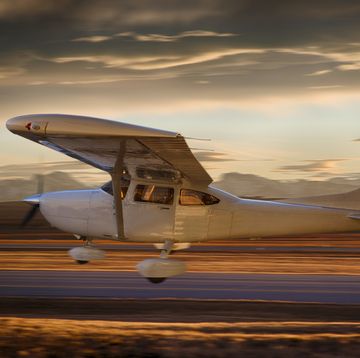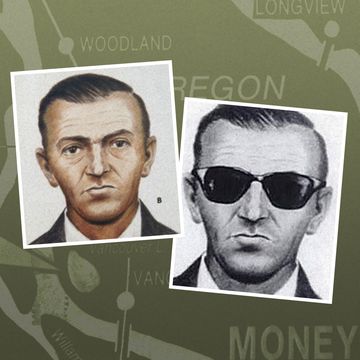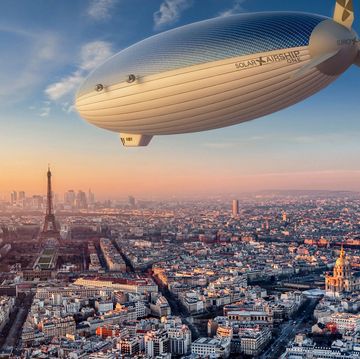A quixotic Kickstarter-funded project has won the Sikorsky Prize, one of the most elusive goals in aviation, by keeping a human powered helicopter aloft for more than a minute. Aerovelo, an aeronautical engineering startup founded by Canadians Todd Reichert and Cameron Robertson, announced this morning that the Federation d'Aviation Intenationale (FAI)—the governing body of international aeronautical prizes—has certified a flight that Reichert piloted on June 13 as having met the qualifications for the $250,000 prize.
The rules of the American Helicopter Society Igor I. Sikorsky Human Powered Helicopter Challenge, established in 1980, specify that the craft must fly for 60 seconds, must rise to an altitude of at least 3 meters (about 10 feet), and must remain within a horizontal area no bigger than 10 meters by 10 meters (33 feet by 33 feet). The actual flight, completed at an indoor soccer stadium near Toronto, lasted 64 seconds and reached a maximum altitude of 3.3 meters.
The prize-winning flight came at the very end of five days of test flights, after which the space would no longer be available. On two earlier flights, Reichert pilot the craft, called Atlas, to heights of 2 meters and 2.5 meters. With just minutes remaining before the team was scheduled to vacate the stadium to make way for an evening soccer practice, Reichert managed to squeeze in one last flight. Within 10 seconds a horn sounded signaling that he had exceeded the 3-meter mark.
At that point, Reichert knew that the challenge was to keep supplying enough power through his legs to keep the craft from descending too quickly. On two previous flights in which he'd flirted with the three-meter mark, Reichert had descended too abruptly and fallen afoul of a phenomenon called vortex ring state, in which a helicopter essentially gets sucked down by its own downwash. Both times Atlas had been wrecked. This time, Reichert spent the balance of the flight easing the craft down gently to the ground. "You're so focused on having the body do a very precise thing," he told Pop Mech. "If you lay off the power even a little bit, or make any sharp control movement, you can crash."
In the end, Atlas touched down without a scratch. "We were lucky to bring it all together," Robertson says.
Aerovelo funded an early stage of Atlas' development through a Kickstarter bid last spring, which provided $30,000 to build the airframe. At the time, they were behind in the race for the prize: students at the University of Maryland had already made considerable progress on a craft they build called Gamera that managed to exceed both the Sikorsky Prize's altitude and duration minimums. Unlike Atlas, however, Gamera had not been originally designed with a control system, so its pilots struggled in vain to keep it within the mandated 10-meter square. Add-on control systems seemed to address the problem at the expense of overall performance, and to bring the team no closer to its goal. After reports of Atlas' June 13 flight began circulating I asked team leader William Staruk about the mood of the students working on Gamera.
"It really hasn't had much of an effect on us," he said. "It goes without saying that everyone on the team would have liked to win the prize, but this is and always has been an academic endeavor, while the AHS Sikorsky Prize was our inspiration, it was not our sole motivation."
Speaking to PopMech yesterday, Robertson and Reichert were clearly elated, and justifiably so. To take on a challenge that many experts in the field considered impossible, knowing that an experienced team with much greater resources was already closing in on the finish line, took enormous chutzpah. Yet they persevered. Time and again they crashed and rebuilt. Time and again they waited on tenterhooks while Gamera came agonizingly close to winning, or set up the machine, tuned it, and got it running, only to have to break it down again so that amateur soccer teams could use the playing field. They kept adjusting and modifying the airframe for greater stiffness, stability, and performance. Finally, incredibly, it all came together. "They certainly had an amazing flight," Staruk says.
Jeff Wise is a journalist specializing in aviation, adventure, and psychology and was recently featured in the Netflix documentary “MH370: The Plane That Disappeared.” He lives north of New York City and for fun flies gliders and single-engine airplanes.

